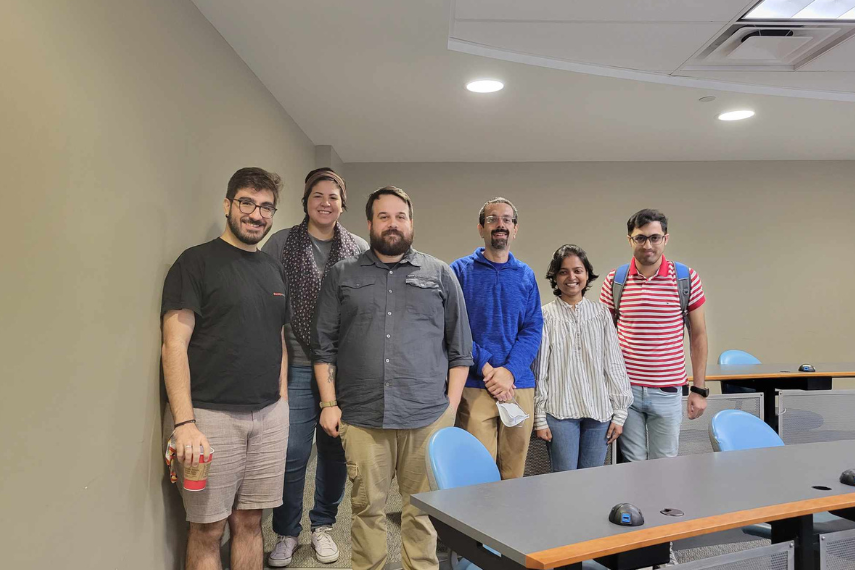Unveiling the Secrets of the Universe: A Quantum Leap in Nuclear Physics

In the Physics Department at the University of Guelph, something extraordinary is happening. Dr. Alexandros Gezerlis and PhD student, Ryan Curry, are pioneering a journey into the heart of nuclear physics, using the power of computational physics to push the envelope on our current understanding of exotic nuclear systems.
Nuclear physics, a sophisticated field of research, delves into the study of the nucleus – the dense core at the center of an atom. This field primarily seeks to understand the "forces binding atomic nuclei," known as nuclear forces. These are incredibly strong forces that act between the particles (protons and neutrons) in an atomic nucleus, keeping it stable despite the repulsive forces of positively charged protons. Alexandros Gezerlis and his team are committed to exploring these intricate forces, which are essential not only for our understanding of "atomic structure" – the arrangement and interaction of particles within an atom – but also for comprehending "celestial phenomena." This term refers to the vast array of physical processes and structures observed in space, such as the formation of stars and the behavior of neutron stars, which are directly influenced by nuclear physics. Curry elaborates on their use of computational physics to study nuclear physics. Even though neutrons and protons are fundamentally described by the theory of quantum chromodynamics, computational physics balances the idea of approximating certain high-level details of a system whilst still being able to extract meaningful physical results.
An Improved Approach with Quantum Monte Carlo
The recent work by Curry and Gezerlis improves upon the quantum Monte Carlo method by providing a new, efficient way to calculate higher order perturbative corrections, which had previously been almost impossible in these types of calculations. This method promises to increase the precision of standard quantum Monte Carlo calculations and to provide a new tool to probe the effectiveness of fundamental approximations in computational nuclear physics. They have used this new tool to calculate properties of infinite neutron matter, which can directly inform our understanding of the physics behind neutron stars. This powerful technique has applications beyond nuclear physics, extending into areas such as condensed matter physics (studying materials and their properties), quantum chemistry (focusing on chemical processes at the quantum level), and even financial modeling (to predict and analyze market trends and risks).
Implications Beyond Neutron Stars
The team’s findings have the potential to improve our understanding of the universe, contributing significantly to various scientific disciplines. In addition to nuclear physics, these advancements could lead to groundbreaking developments in material science and economic forecasting models.
"Our work with the Quantum Monte Carlo method and second-order perturbation theory is not just about pushing the boundaries of nuclear physics,” says Curry.
“It's also about developing new and exciting computational techniques that are hopefully widely adopted. In the Physics Department, we're not only exploring the subatomic world; we're equipping future scientists with the tools and knowledge to solve tomorrow's challenges across multiple fields."
This story was written by Mehran Bozorgi as part of the Science Communicators: Research @ CEPS initiative. Mehran is a PhD candidate in the School of Engineering under Dr.s Syeda Humaira Tasnim and Shohel Mahmud. His research focus is on the development of solar-assisted cooling systems to achieve thermal comfort conditions in buildings in different climate conditions.
Funding Acknowledgement: The research was supported by the Natural Sciences and Engineering Research Council (NSERC) of Canada and the Canada Foundation for Innovation (CFI).
Reference: R. Curry, J. E. Lynn, K. E. Schmidt, and A. Gezerlis, “Second-Order Perturbation Theory in Continuum Quantum Monte Carlo Calculations,” Phys. Rev. Research 5, L042021, 2023.